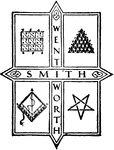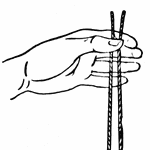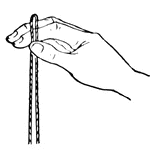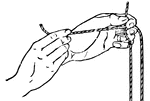Clipart tagged: ‘knots’

Knot
A complication of threads, cords, or ropes, formed by tying, knitting, or entangling, which resists…

Knots
Simple knot. Note: the loop of a knot is called the "bright." The "standing part" of the rope is the…

Knots
Figure eight knot. Note: the loop of a knot is called the "bright." The "standing part" of the rope…

Knots
Common sheet bend connects two ropes. Note: the loop of a knot is called the "bright." The "standing…

Knots
Common bowline. Note: the loop of a knot is called the "bright." The "standing part" of the rope is…

Knots
Reef knot or square knot. Note: the loop of a knot is called the "bright." The "standing part" of the…

Knots
Carrick bend joins two ropes. Note: the loop of a knot is called the bright. The standing part of the…

Knots
Flemish loop. Note: the loop of a knot is called the "bright." The "standing part" of the rope is the…

Knots
Chain knot and toggle. The toggle is pulled to tighten up all the loops. Note: the loop of a knot is…

Knots
Sheepshank. Note: the loop of a knot is called the "bright." The "standing part" of the rope is the…
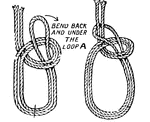
Knots
Bowline on a bight show in two stages. Note: the loop of a knot is called the "bright." The "standing…

Knots and Splices
"Knots and splices include all the various methods of tying, fastening, and joining ropes or cords.…
Knots and Splices
"Knots and splices include all the various methods of tying, fastening, and joining ropes or cords.…
Knots and Splices
"Knots and splices include all the various methods of tying, fastening, and joining ropes or cords.…
Knots and Splices
"Knots and splices include all the various methods of tying, fastening, and joining ropes or cords.…

Knots and Splices
"Knots and splices include all the various methods of tying, fastening, and joining ropes or cords.…

Knots and Splices
"Knots and splices include all the various methods of tying, fastening, and joining ropes or cords.…
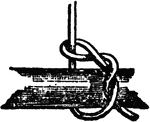
Knots and Splices
"Knots and splices include all the various methods of tying, fastening, and joining ropes or cords.…
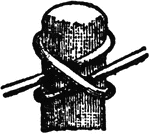
Knots and Splices
"Knots and splices include all the various methods of tying, fastening, and joining ropes or cords.…

Knots and Splices
"Knots and splices include all the various methods of tying, fastening, and joining ropes or cords.…
Knots and Splices
"Knots and splices include all the various methods of tying, fastening, and joining ropes or cords.…
Knots and Splices
"Knots and splices include all the various methods of tying, fastening, and joining ropes or cords.…
Knots and Splices
"Knots and splices include all the various methods of tying, fastening, and joining ropes or cords.…

Knots and Splices
"Knots and splices include all the various methods of tying, fastening, and joining ropes or cords.…
Knots and Splices
"Knots and splices include all the various methods of tying, fastening, and joining ropes or cords.…
Knots and Splices
"Knots and splices include all the various methods of tying, fastening, and joining ropes or cords.…

Knots and Splices
"Knots and splices include all the various methods of tying, fastening, and joining ropes or cords.…

Knots and Splices
"Knots and splices include all the various methods of tying, fastening, and joining ropes or cords.…

Knots and Splices
"Knots and splices include all the various methods of tying, fastening, and joining ropes or cords.…

Knots and Splices
"Knots and splices include all the various methods of tying, fastening, and joining ropes or cords.…

Knots and Splices
"Knots and splices include all the various methods of tying, fastening, and joining ropes or cords.…

Seizing
Two seizings, a class of knots used to bind two parts of the same rope or to another object.
